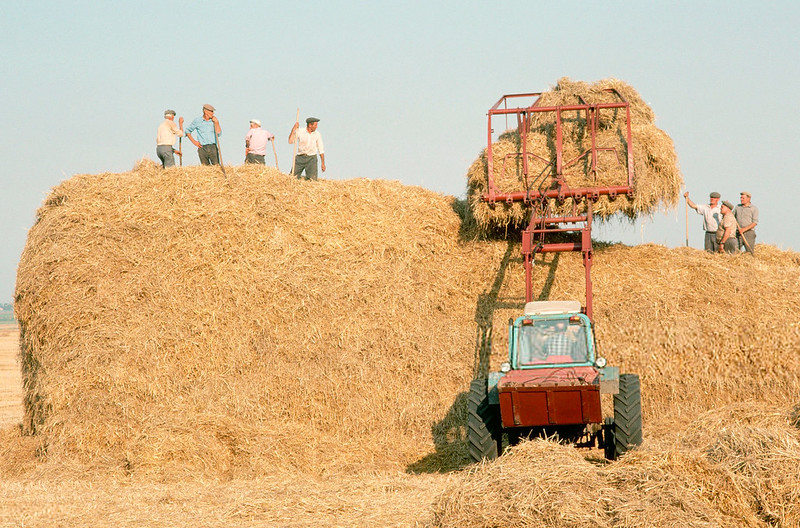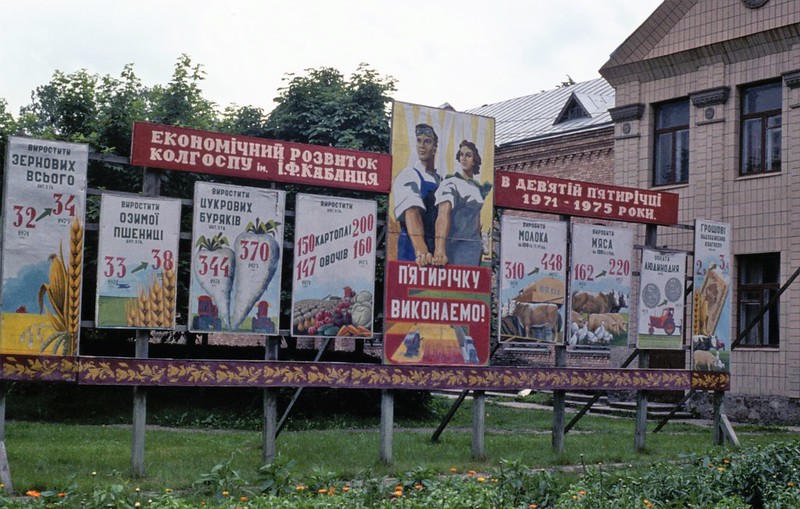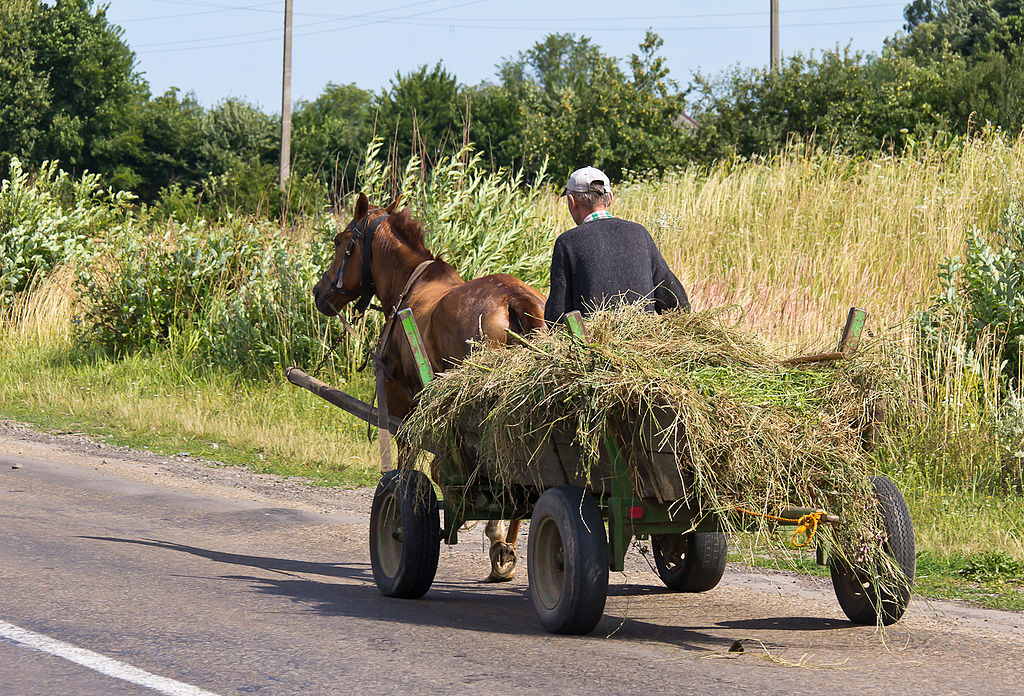After Russia launched its invasion of Ukraine on February 24, 2022, international agencies such as the Food and Agriculture Organization (FAO) of the United Nations (UN) expressed significant concern about the war’s impact on global agricultural commodity markets: the disruption to Ukrainian agricultural production and exports and the expected knock-on effects to the world price of staples such as wheat and to the food security of developing countries.
While one would expect an organization such as the FAO to be informed on food questions, the sheer number of stories in the popular media suggest the wider world had been unaware that Ukraine is so important to the world’s food supply.
In fact, since the collapse of the Soviet Union in 1991, Ukraine has returned to its pre-revolutionary position as a major agricultural exporter of key commodities. It has a significant global market share by volume in wheat (10%), barley (13%), corn (15%), and sunflower oil (50%) and is ranked the fifth, second, third, and first largest exporter respectively of these crops.

Ukraine has close to 104 million acres of agricultural land, of which 79 million are currently cultivated, an area larger than Italy, making it one of the most highly cultivated countries in the world. It has several advantages in producing agricultural commodities: a favorable climate and high-quality soils, half of which are the fertile chernozem or black soils; lower costs of production than its European and North American competitors; and access to deep seaports on the Black Sea.
Ukraine’s emergence as a principal player in global agricultural markets has evolved over the past two decades. Before its breakup, the USSR was an importer of grain largely due to a decision in the early 1970s to expand the livestock sector as a means of increasing consumption of meat and dairy products.
Through subsidies, as well as price and trade controls, meat production increased by over 60% between 1970 and 1990. However, the Soviet Union could not produce enough animal feed to support its growing livestock sector and, as a result, it became a major importer of animal feed to the benefit of North American and Australian farmers. During the late-Soviet period of 1987-91, 35 million tons of grain were imported per year.

Following the collapse of the Soviet Union and its subsequent economic transformation, expansion of the livestock sector was reversed as subsidies were largely eliminated. Russia, Ukraine, and Kazakhstan all became net meat importers. At the same time, between them they ended up exporting 36 million tons of grain per year by 2010, with Ukraine accounting for 40% of those exports.
The grain trade turnaround in Ukraine has been impressive, but during the transition in the 1990s, its agricultural sector witnessed a significant drop in production as it moved away from a legacy of distorted prices, inefficient collectivization, and government intervention. It was not until the late 1990s that structural reforms in the agricultural sector really began to occur, with privatization and restructuring of collective farms.
Looking back to the collapse of the Soviet Union, it would have been rather optimistic to have forecast Ukraine’s rise to being a major agricultural exporter, but land reform and technological change made it possible.

Land reform resulted in the development of large-scale, privately-operated farms with owners investing in new technology and introducing best management practices. The net result has been increased crop area, especially for corn and oilseeds, and higher productivity.
By 2018, cereal yields had increased by almost 40%. Ukraine re-established itself as the “breadbasket” of Europe. In the language of economist David Ricardo, Ukraine is now truly exploiting its “comparative advantage.”
With Russia currently controlling a large portion of Ukraine’s cultivated agricultural land in the south, as well as blockading ports on the Black Sea, a significant amount of grain for export is stranded in Ukraine.

There has also been a significant reduction in the planting of spring crops this year. Prior to the invasion, 90% of Ukraine’s exports went through the Black Sea ports at 5 million tons per month, a rate currently down to 0.5 million tons per month, most of which is being transported by rail to Ukraine’s western border.
Not surprisingly a market shock of this magnitude has affected both the volatility and level of grain prices. In turn, the increase in grain prices is having a significant effect on global food prices and hence food security. The G7 countries predict 43 million people are being pushed towards famine.
The UN World Food Program estimates that the cost of buying food will rise by $23 per month – a significant increase to those living on $1.90 per day, the World Bank definition of poverty. Countries in the Middle East and North Africa such as Egypt, Lebanon, and Tunisia are very dependent on grain imports from both Ukraine and Russia. The risk of food price inflation could stir up political and social unrest.

In addition, other exporting countries are adopting “beggar-thy-neighbor”-type controls on grain exports to protect their own populations that will simply intensify the food price spike.
Importantly, even before the invasion, global food markets were under pressure from the effects of the pandemic, climate change and an energy price shock. Disruption to Ukrainian agricultural production and trade is simply adding to what The Economist magazine recently described on its front-page as “The Coming Food Catastrophe.”
![]()
Learn More:
Joseph W. Glauber and David Laborde, “How Russia’s Invasion of Ukraine Is Affecting Global Agricultural Markets,” AEI, May 2022. https://www.aei.org/research-products/report/how-russias-invasion-of-ukraine-is-affecting-global-agricultural-markets/
International Food Policy Research Institute, https://www.ifpri.org/landing/war-ukraine-blog-landing-page
Tom Philpott, “How War in the World’s Breadbasket ‘Changes Everything’,”https://www.motherjones.com/food/2022/03/wheat-russia-ukraine-war-scott-reynolds-nelson-oceans-of-grain/
Franco Ordoñez, “Russians wreak havoc on Ukrainian farms, mining fields and stealing equipment"
